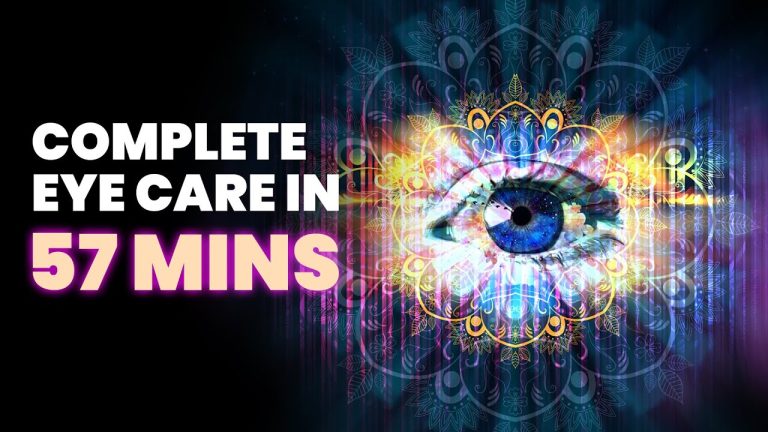Clear Communication for Better Eye Health: Understanding Medical Terms in Optical Care
Eyes are one of the most important sensory organs in our body. Our eyes allow us to see and perceive the world around us. However, due to various factors such as age, lifestyle, and environmental factors, our eyes can develop various diseases and conditions that can affect our vision and quality of life.
Regular eye check-ups and proper medical communication are vital for maintaining good eye health. In this article, we will discuss some of the most common eye diseases and conditions, the importance of medical communication in eye care, and ways to protect and maintain good eye health.
Common Eye Diseases and Conditions
Some of the most common eye diseases and conditions are:
- Cataracts: clouding of the lens in the eye
- Glaucoma: damage to the optic nerve due to increased pressure in the eye
- Macular degeneration: damage to the macula, causing loss of central vision
- Dry eye syndrome: insufficient lubrication and moisture in the eye
The Importance of Medical Communication in Eye Care
Medical communication plays a crucial role in eye care. As patients, it is important to communicate any discomfort, changes in vision, or other symptoms to the eye care provider. In addition, it is essential to inform the eye care provider of any underlying medical conditions, allergies, or medications that can affect eye health or vision.
On the other hand, eye care providers must communicate crucial information such as the diagnosis, treatment options, and any potential risks or side effects to the patient. This ensures that the patient makes an informed decision about their eye health and receives appropriate care.
Ways to Protect and Maintain Good Eye Health
Here are some ways to protect and maintain good eye health:
- Eat a balanced diet: Eating foods high in vitamins A, C, and E, zinc, and omega-3 fatty acids can lower the risk of age-related macular degeneration and cataracts.
- Wear sunglasses: UV radiation can damage the eyes and increase the risk of cataracts and other eye diseases. Wearing sunglasses that block at least 99% of UV rays can provide protection.
- Take breaks: Staring at a computer, smartphone, or other screens for long periods can cause eye strain and dry eyes. Take frequent breaks and follow the 20-20-20 rule: every 20 minutes, look away from the screen and focus on an object 20 feet away for 20 seconds.
- Quit smoking: Smoking can increase the risk of age-related macular degeneration, cataracts, and other eye diseases.
- Get regular eye exams: Eye exams can detect early signs of eye diseases and conditions and can prevent vision loss.
By following these tips and communicating effectively with your eye care provider, you can protect and maintain good eye health. Remember to prioritize your eye health and consult with an eye care professional if you experience any changes in vision or eye discomfort.
Most wanted in Hoya Vision:
Hoya Lens Engravings
Which lens is better Alcon or Johnson and Johnson?
What’s the rarest eye color?
What brand lenses does Costco use?
Legacy Eye Care Llc
Hoya Sensity Vs Transitions Xtractive
Should eyeglasses cover eyebrows?
What’s the difference between 1.5 and 1.6 lenses?
What do you call glasses that turn dark in the sun?
Wide Corridor Progressive Lenses
















